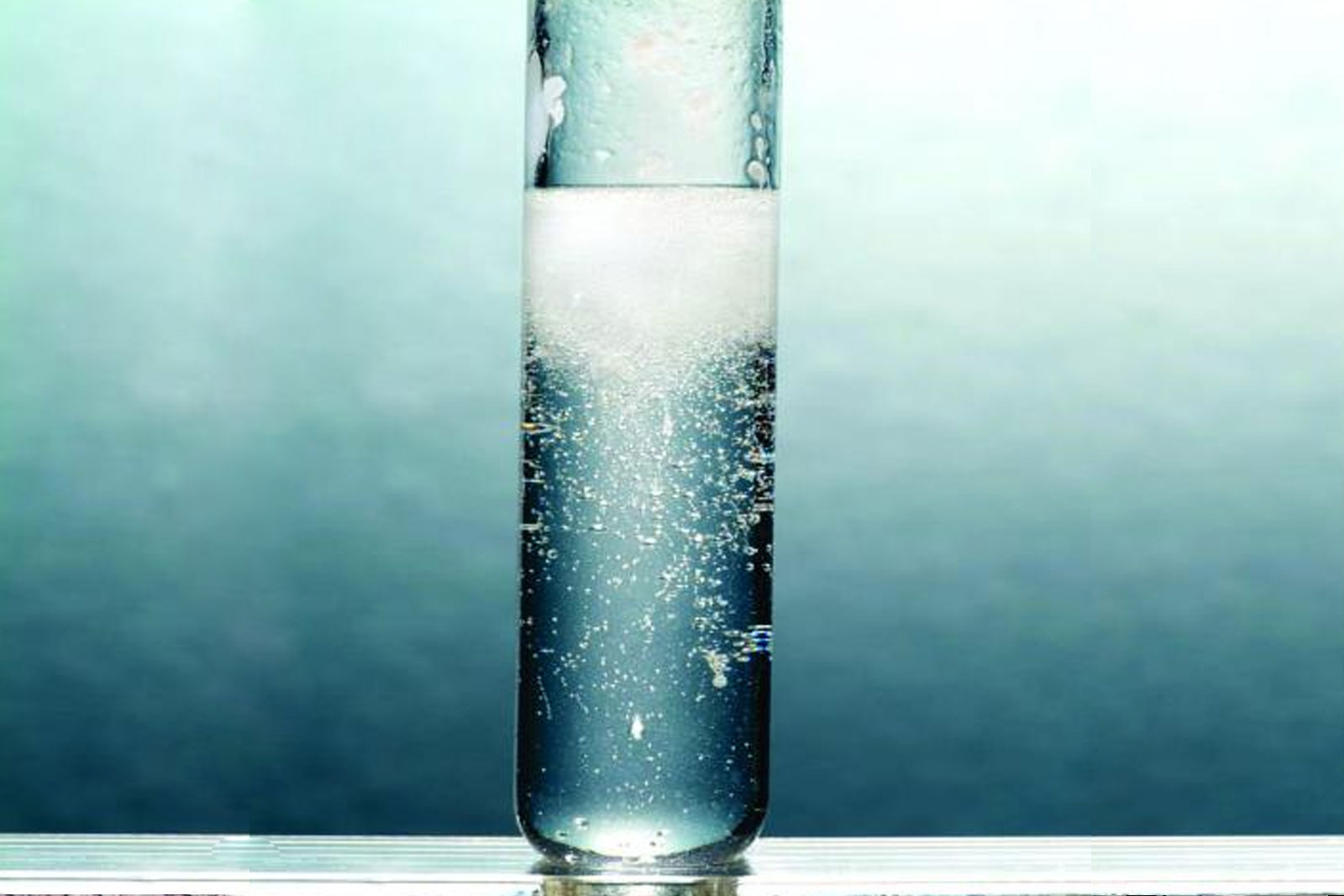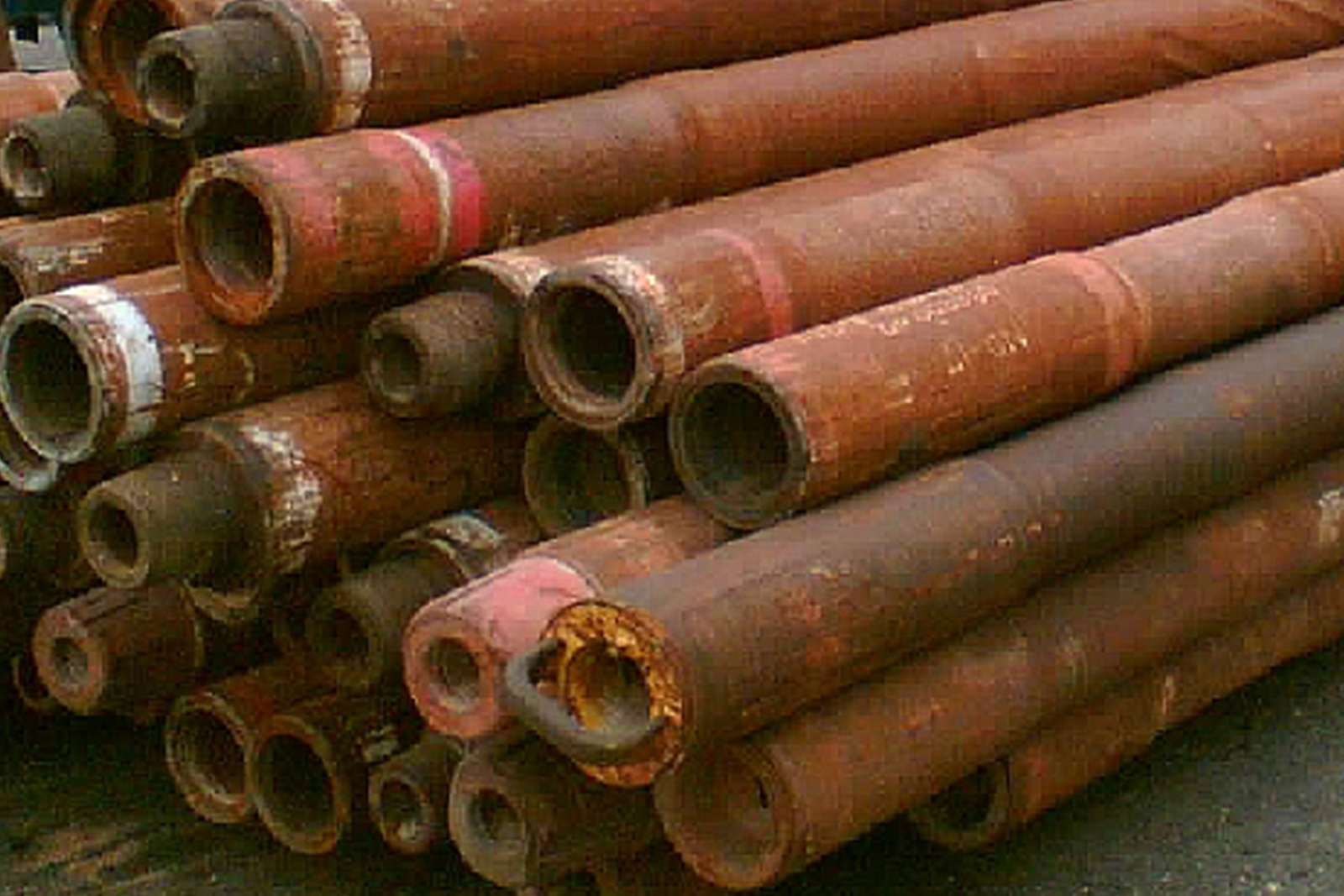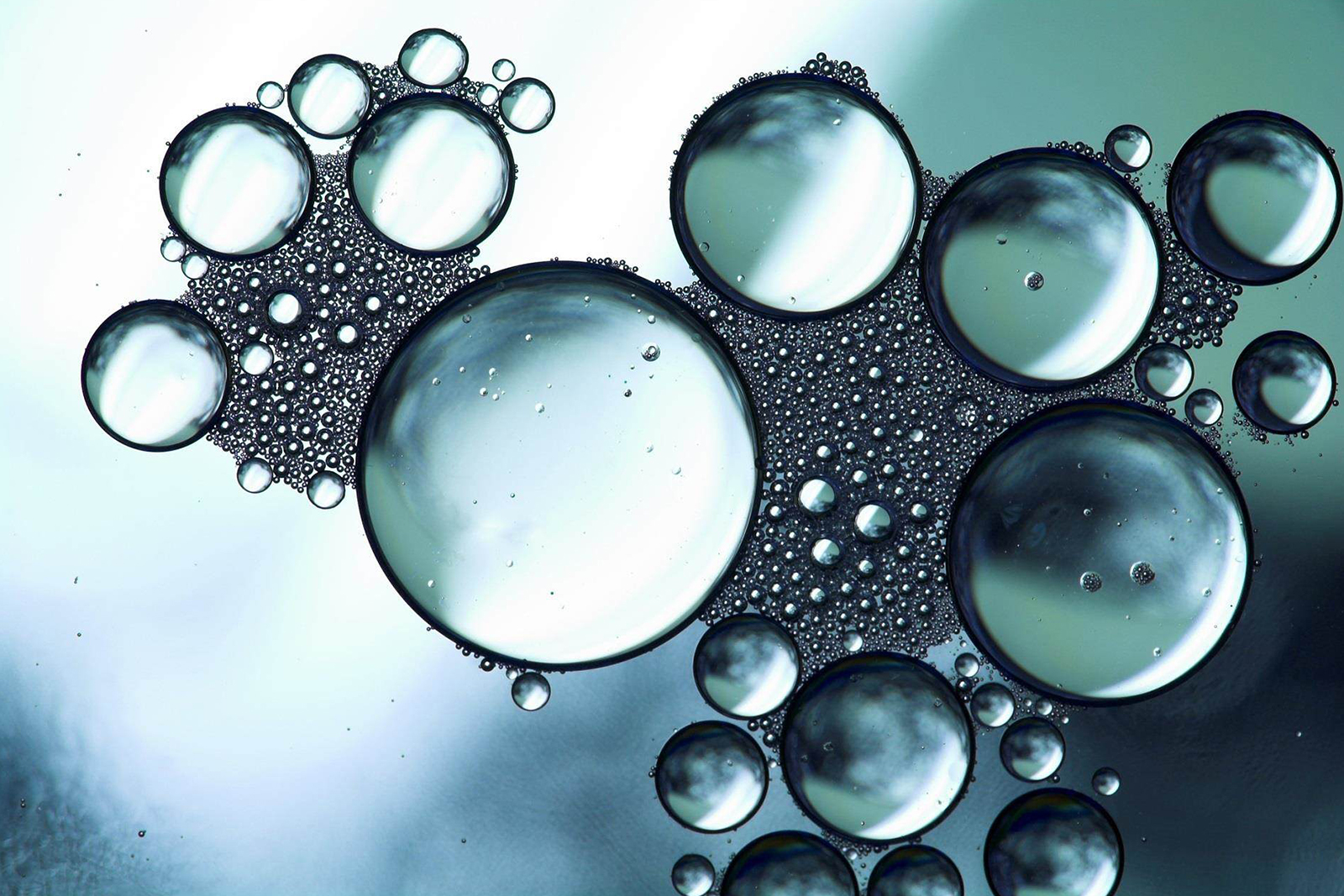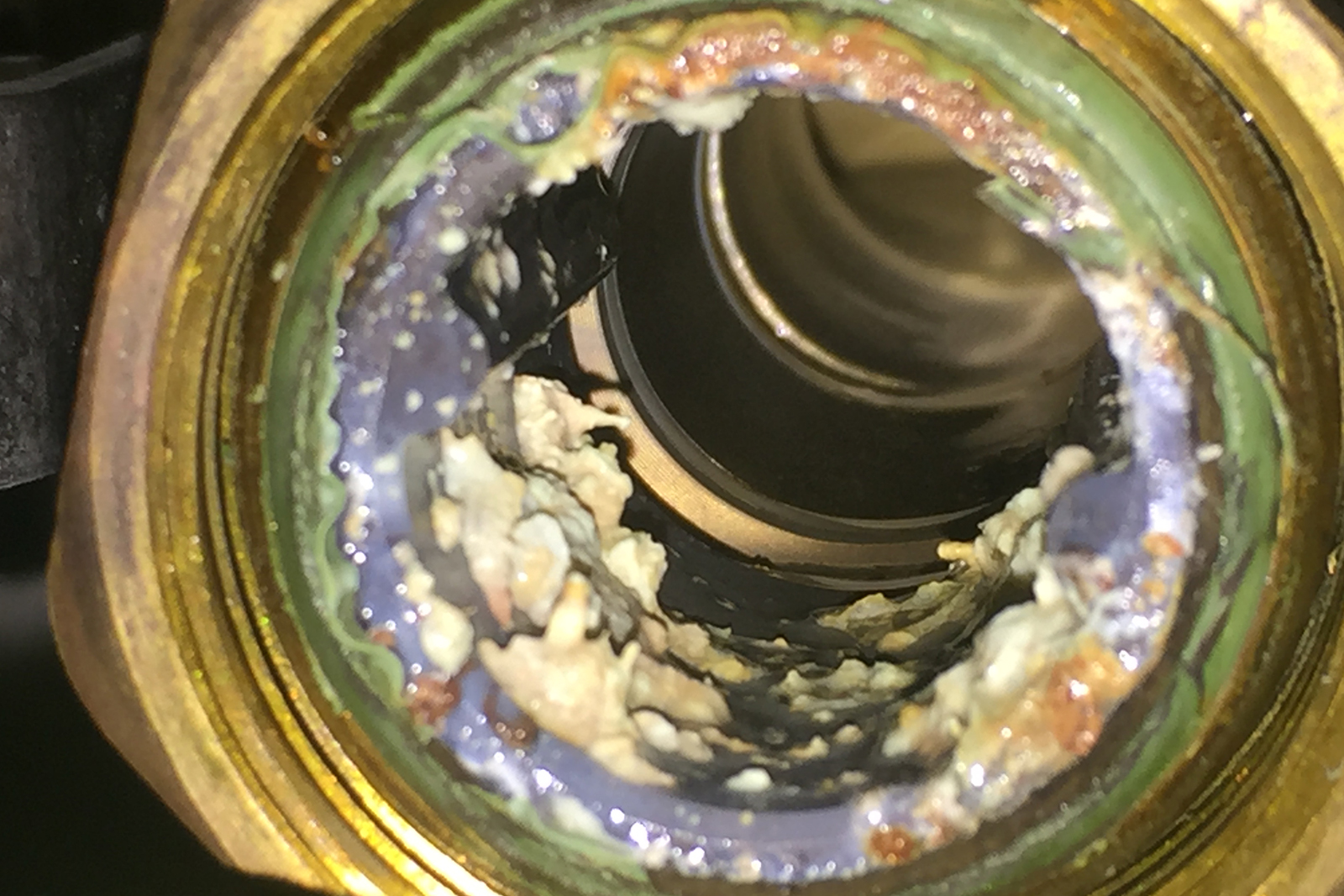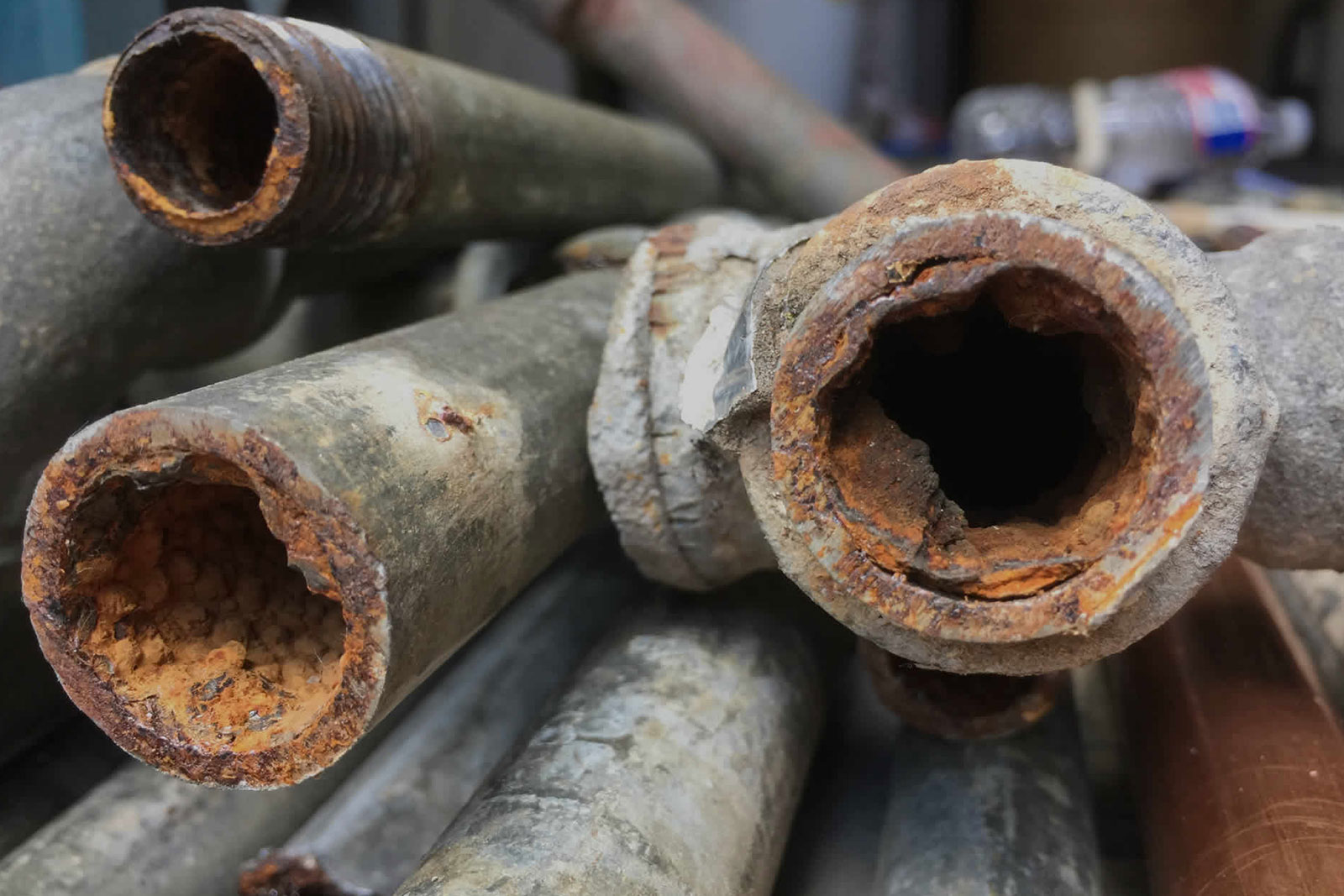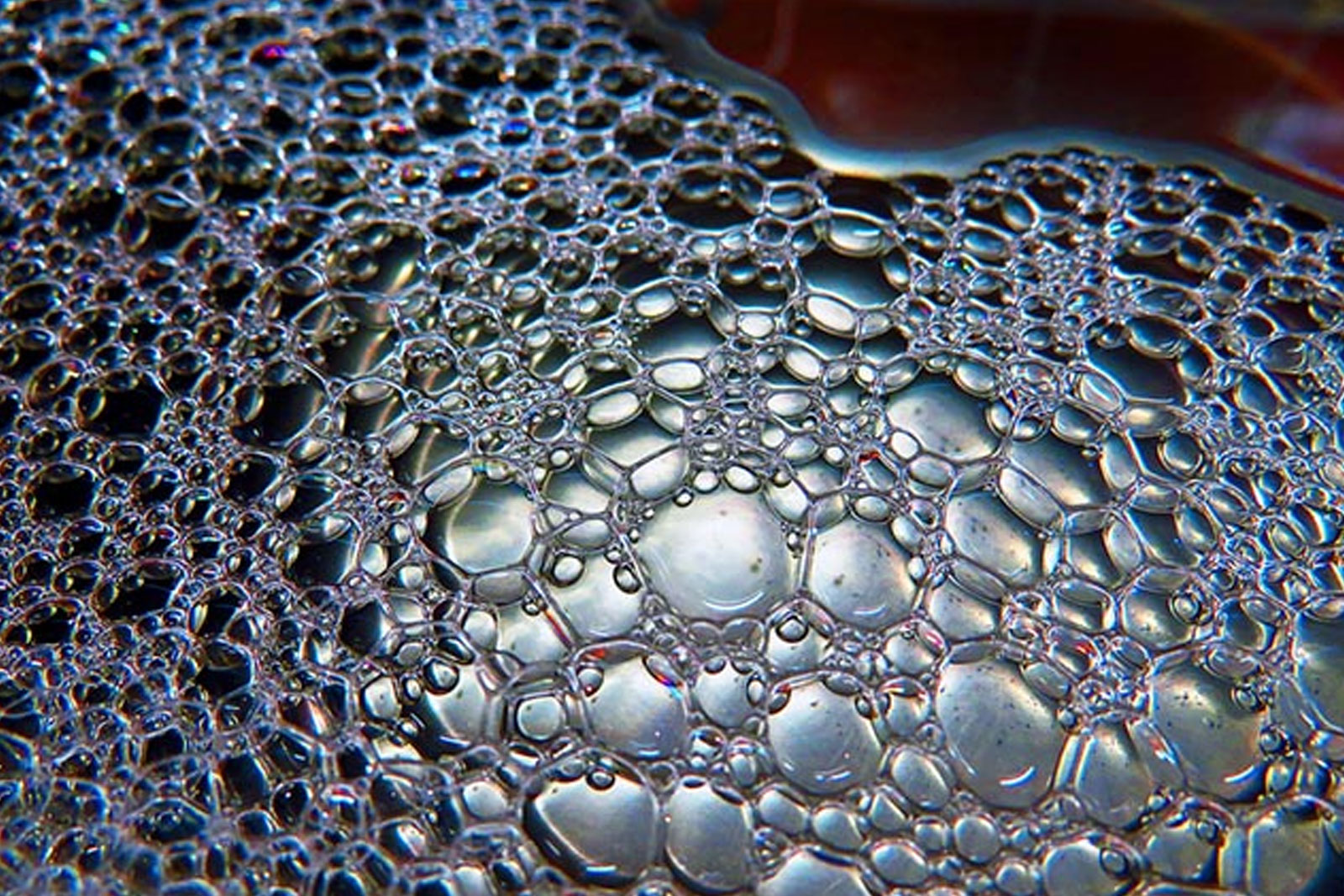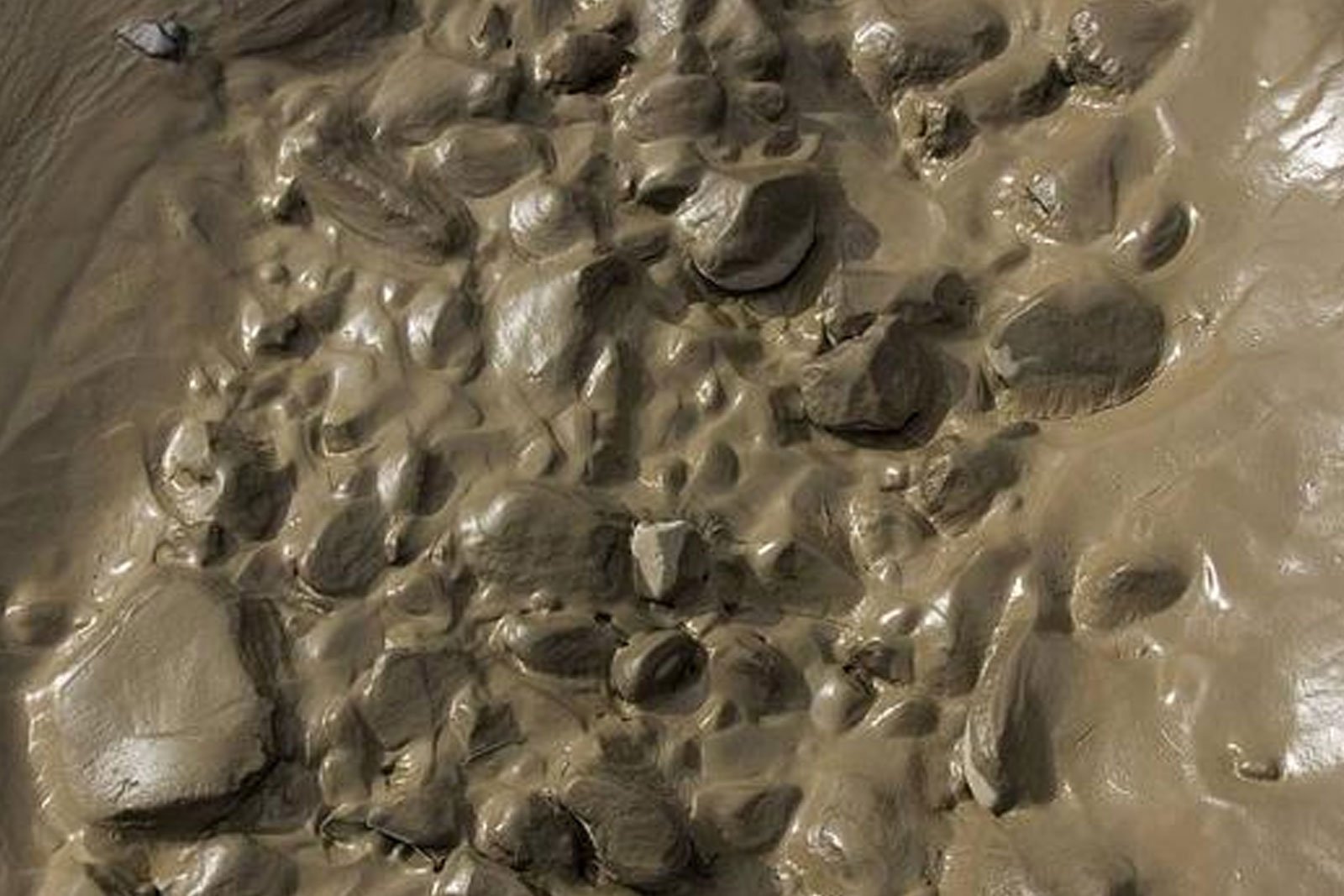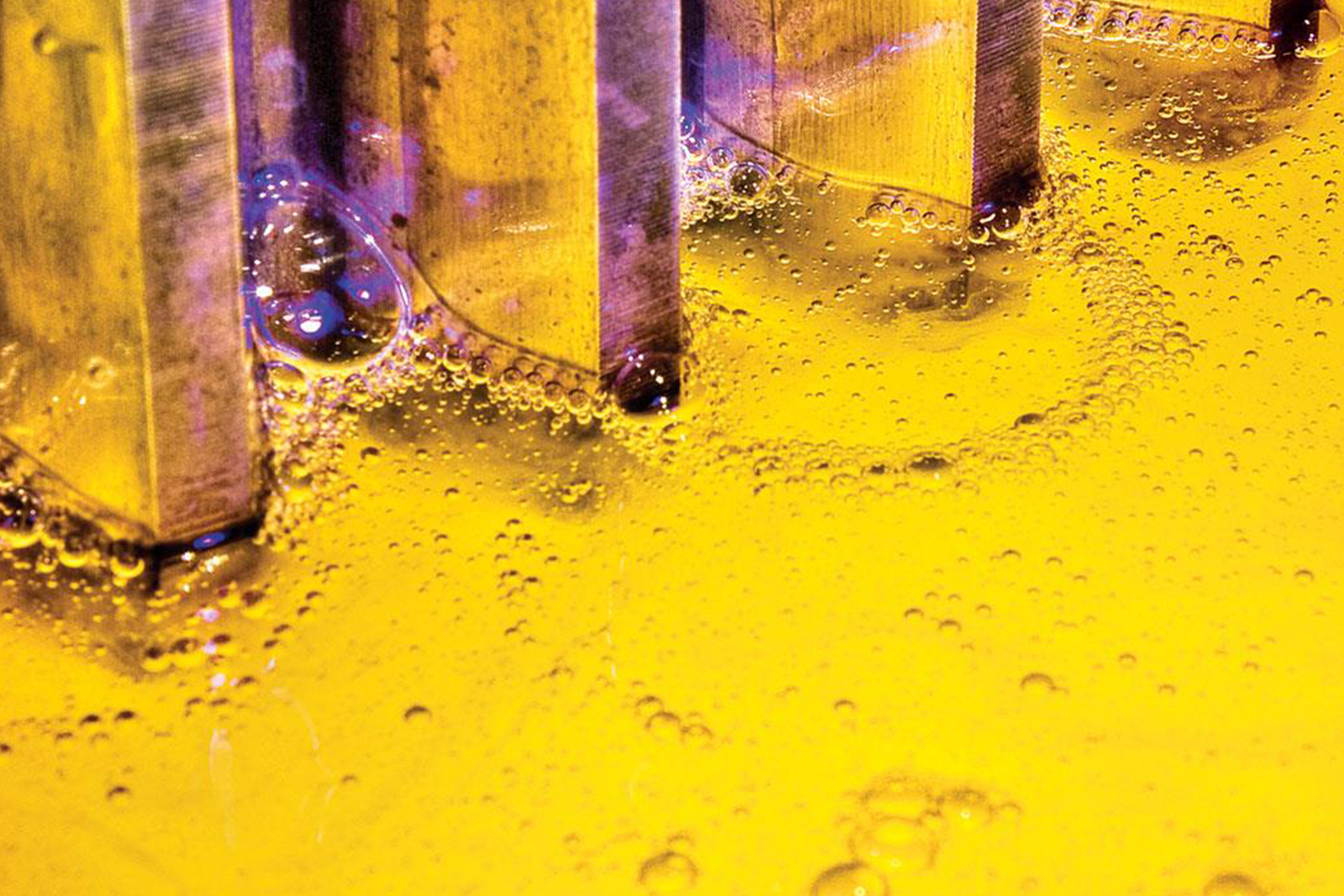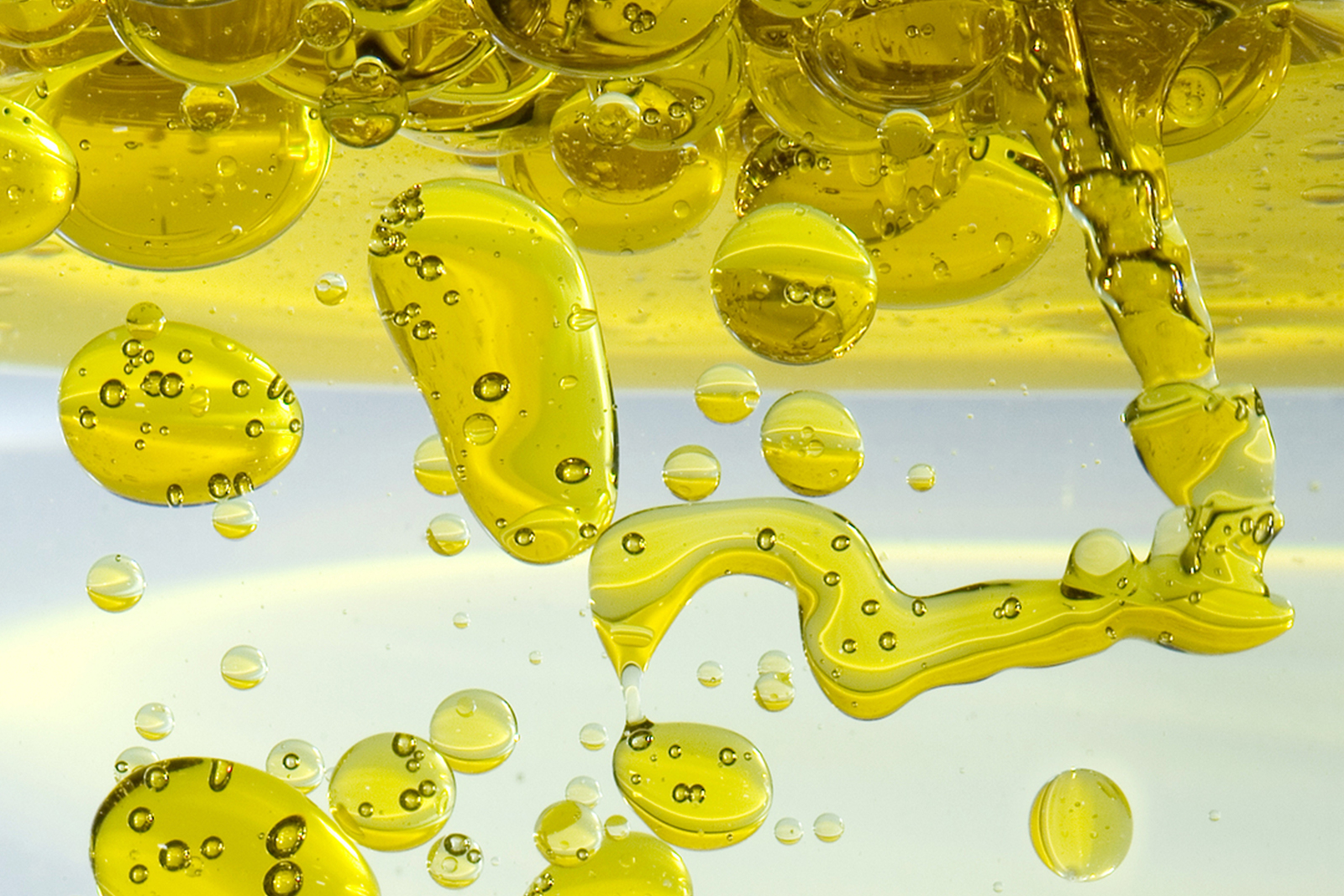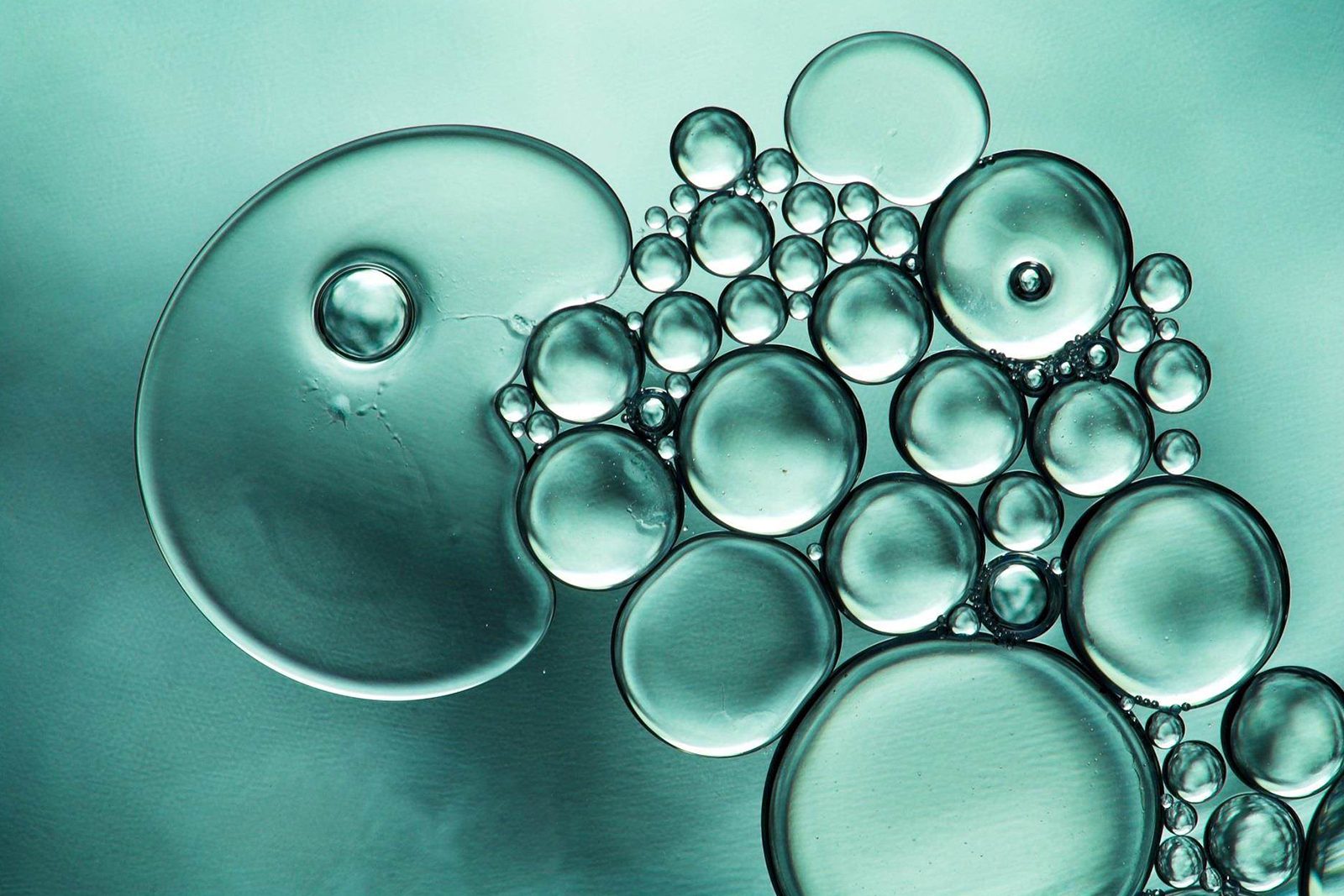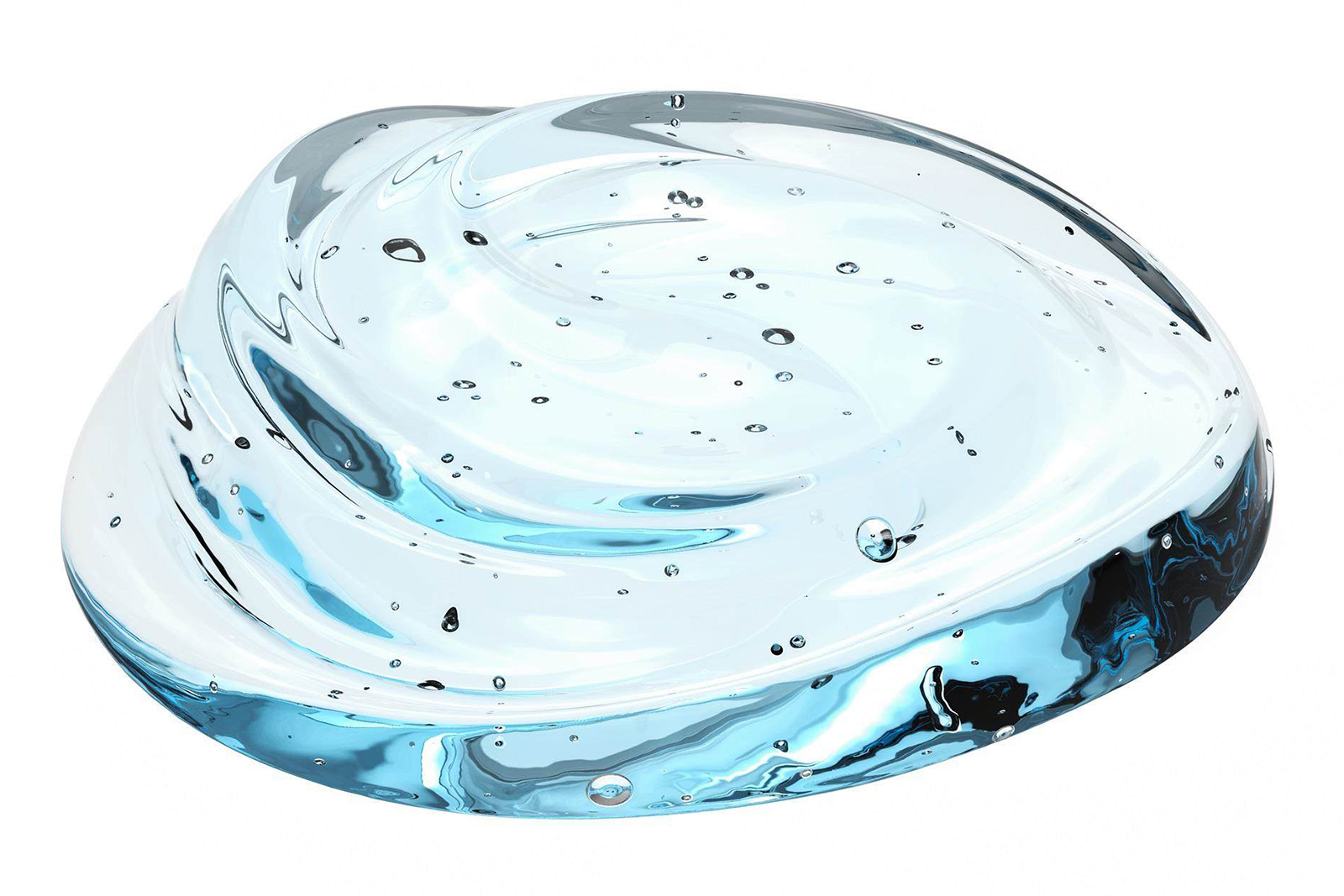Mutual Solvents
Water and oil just don’t mix… so how do you ensure that your well will ‘come alive’ again after squeezing the acid? The answer is to use proven Mutual Solvents which stimulate the wells again, releasing the oil which would otherwise remain in the well formation.
Description
AquaDis-130 mutual solvent is a proprietary blend of aliphatic and aromatic organic solvents and surface-active agents which functions as a micellar solvent for use in acidizing operations. It can also be used as an acid additive.
Application
AquaDis-120 is recommended for conventional and unconventional applications onshore, and offshore. When used as an acid additive, it penetrates and removes hydrocarbon coated surfaces to water-wet acid-solubles. It also serves to inhibit emulsions and to remove existing emulsion blocks or water blocks.
Features and Benefits
- Excellent hydrocarbon penetration
- Contains non-emulsifying agents
- Water-wetting
Description
AquaDis-140, extremely versatile product, is a miscible solvent with mutual solvency characteristics. It dissolves and removes oil and other organic materials from reservoir rock surfaces.
Application
AquaDis-140 can improve the effectiveness of a range of wellbore and reservoir treatment programs:
- Acidizing, or other stimulation treatment programs
- Scale inhibitor squeeze treatment programs
- To break emulsions, remove water blocks, remove drilling fluids, achieve wellbore cleanout or remove oil-coated solids
Features and Benefits
- Minimizes environmental impact without sacrificing performance
- Increases transparency of chemical composition to stakeholders
- Soluble in both water and oil systems
- Excellent cold handling properties - minimize storage and pumping requirements
Description
A fast-evaporating glycol ether with an excellent balance of hydrophilic and hydrophobic character; excellent active solvency and coupling properties.
Application
- Active solvent for solvent-based coatings
- Coalescent for industrial water-based coatings
- Coupling agent for architectural water-borne coatings
- Coupling agent and solvent in household and industrial cleaners, rust removers, hard surface cleaners, and disinfectants
- Primary solvent in solvent-based silk screen printing inks
- Coupling agent for resins and dyes in water-based printing inks
- Solvent for agricultural pesticides
Features and Benefits
- Powerful solvency
- Coupling ability
- Coalescing ability
- Moderate evaporation rate
- High dilution ratio
- Wide range of applications


